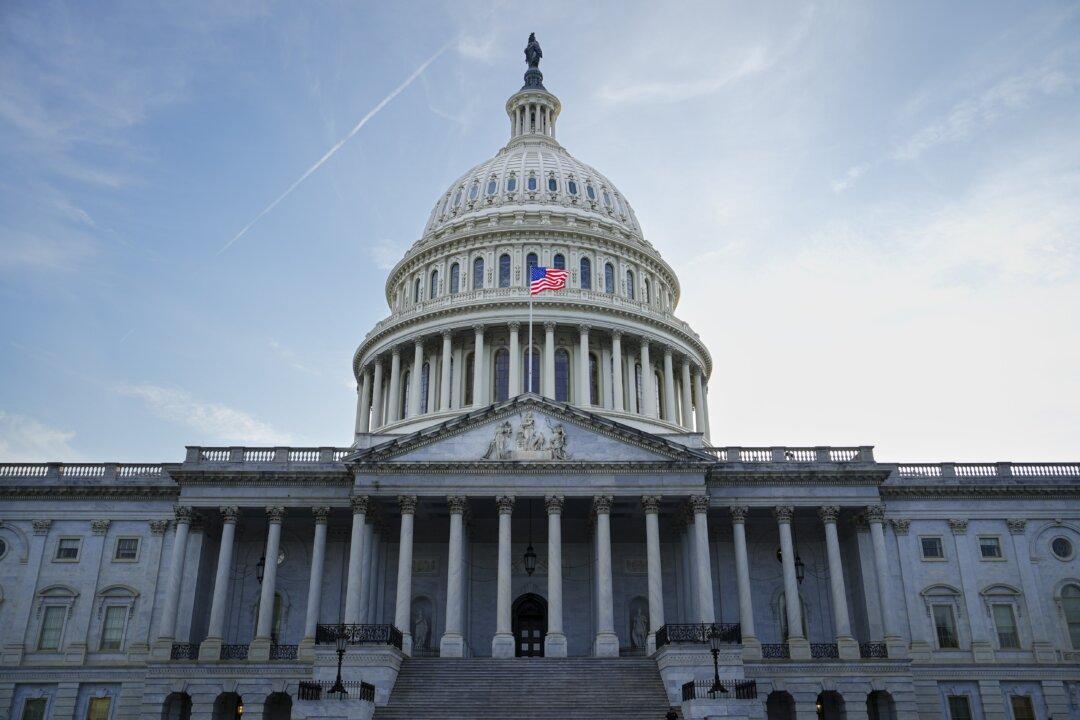Commentary
The debt ceiling debate in Washington has been widely discussed but so far, few investors are truly worried.
Most believe that when the deadline arrives, Congress and the White House will reach an agreement—even if it’s to kick the can down the road. As of now, Treasury Secretary Janet Yellen has set the deadline as June 1. There are still a few weeks left, and if history is any indication, no resolution is likely to be reached until the 11th hour.
So far, institutional investors haven’t entirely balked at buying new issue U.S. Treasury bills. During the May 11 Treasury auction, four-week T-bills drew an annualized bond yield of 5.723 percent, a high but not exorbitant interest rate for bonds expiring on June 13. The eight-week T-bills were sold with an annualized yield of 4.793 percent by contrast.
Usually, longer-duration paper will have a higher yield. But this recent disconnect, that the four-week bills cost more than the either-week bills, reflects some concern that the June 13 T-bills won’t be paid on time while the July 11 paper will. This assumes a new debt deal will be in place by July. But even recognizing that, the 5.723 percent yield is no indication that any catastrophic debt default event is expected to pass.
What should investors do if there is indeed a debt default, or if the debt ceiling fight gets ugly and no deal is in sight?
Enter Gold
Gold has approached its record high in recent weeks without much fanfare. That’s an impressive feat given that gold pays no yield and bond yields remain very high. The gold spot price has climbed by about 10 percent this year through May 12.





